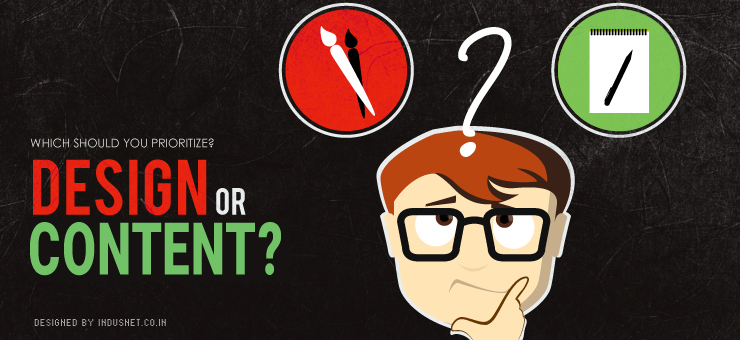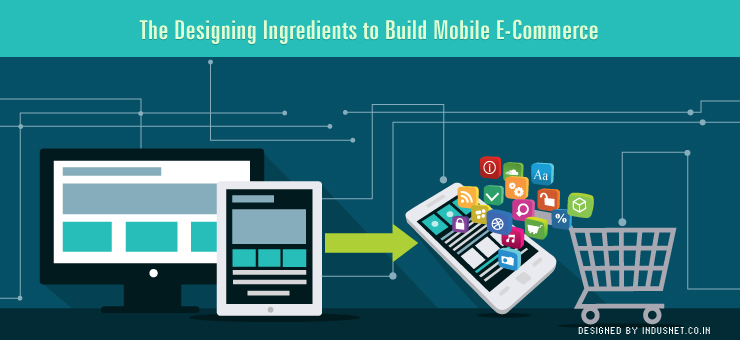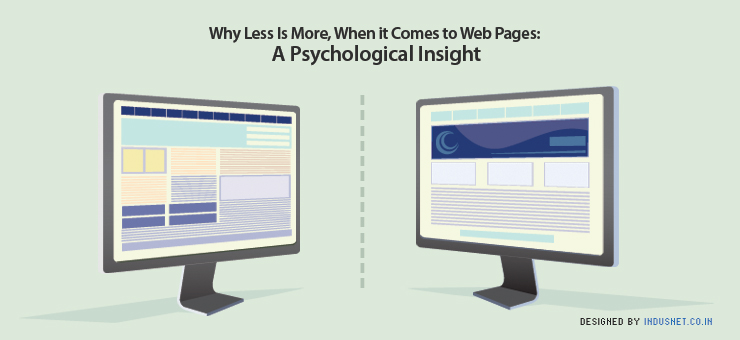Social media accounts, belonging to companies, have given rise to a whole new phenomenon in which companies try to design their social media pages in sync with their brands. Most companies still have not begun to make use of this important branding strategy. Social profiles of companies are, usually, the first point of contact for customers and clients. If your social profile is designed well and is attractive enough, people will spend more time on it and read through what you have shared. It is becoming increasingly important to get custom Twitter backgrounds and Facebook pages. While more people discuss designing social profiles, the focus on content seems to be falling back. It is important to focus on content as well as that is as important as design, when it comes to social profiles. Companies often ask if they need to focus more on design or content when it comes to launching their social profiles. In this article, we would evaluate the importance of both content and design, in order to understand which one is better and on which you need to spend more money. Why focus on design? Design has always been one of the primary focus areas of branding. Whether it is the color scheme or formatting or typography, design has begun to take precedence over other aspects of IT and branding. This is a good sign, as psychological research shows that people often judge a website based on its design. Similarly, it need not be an extrapolation of facts, if we assume that people will judge your social profile based on its design. Likewise, many companies have begun to invest in customization of their social profiles. Facebook pages and Twitter accounts can already be customized to suit your branding strategies. What remains important is the way we make use of these various design tools to reflect our core marketing philosophies. At the end of the day, our social profiles need to resemble our main websites and branding strategies, if not an exact replica of the main website. You can probably speak to design specialists and branding professionals to get your social profiles customized to suit your core branding strategies. Steve Jobs famously said “Design is a funny word. Some people think design means how it looks. But of course, if you dig deeper, it’s really how it works.” His argument was quite clear and it worked for Apple. IT is all about how things work. Your social profile has to work. It has to fulfill its functions and be the face of your company to an online audience. On the other hand, Paul Rand stated that “Design is the method of putting form and content together. Design, just as art, has multiple definitions; there is no single definition. Design can be art. Design can be aesthetics. Design is so simple, that’s why it is so complicated”. Paul Rand brings the importance of content to the foreground. In the next section, let us take a look at the importance of content. Why focus on content? Content always needs to be the primary focus of any social marketing initiative. If you do not have valuable content that people can use, your social profile is simply not worthy enough for people to visit time and again. Moreover, social profiles are not used only for customer relationship management or crisis management. They are increasingly being used to share information, educate and inform customers & clients. It is also a great way to attract prospects and convert them into customers. Whether you share a blog post on Twitter or an entire photo album on Facebook, depicting your recent event, social profiles are an important platform to build your content strategy. Content, on the other hand, is crucial for ensuring that you remain relevant in an ever-changing world. If your content evolves along with the world, you will remain relevant and useful to your audience. This is one of the reasons why people tell you that content is more important than design. You can probably have the best-designed social profiles out there. However, if your content is not up to the mark, people will simply stop visiting your profile. When Howard Gardner said “I believe that the brain has evolved over millions of years to be responsive to different kinds of content in the world. Language content, musical content, spatial content, numerical content, etc”, he couldn’t have been closer to truth. There are far too many kinds of content and all these different types of content need to be available on your social media profiles. The only way it can be made possible is by ensuring that you have a consistent content marketing strategy, which focuses not just on textual content but also on images, numerical data and other forms of media. All these are important to ensure that there is a cohesion within the content marketing strategy. Content or design? This is a rather difficult question to answer. One cannot replace the other and it would be foolhardy to say that content is more important than design. It is equally foolhardy to say that design is more important than content. Any social marketing venture we undertake needs to involve focus areas of both content and design. In fact, professionals know that content and design are inseparable & you need to try to intertwine both of them as much as possible. When you have your design and content strategies in place, it will become a more holistic way of approaching things & that is what will help you achieve success. Content marketing invariably includes design as well and when it comes to social profiles, both content and design go hand in hand. If you are confused about which one to focus on, you need to really stop where you are and decide to focus on both. One cannot avoid either the design aspect of social profiles or the importance of actual content. Both the factors go hand in hand and help you









